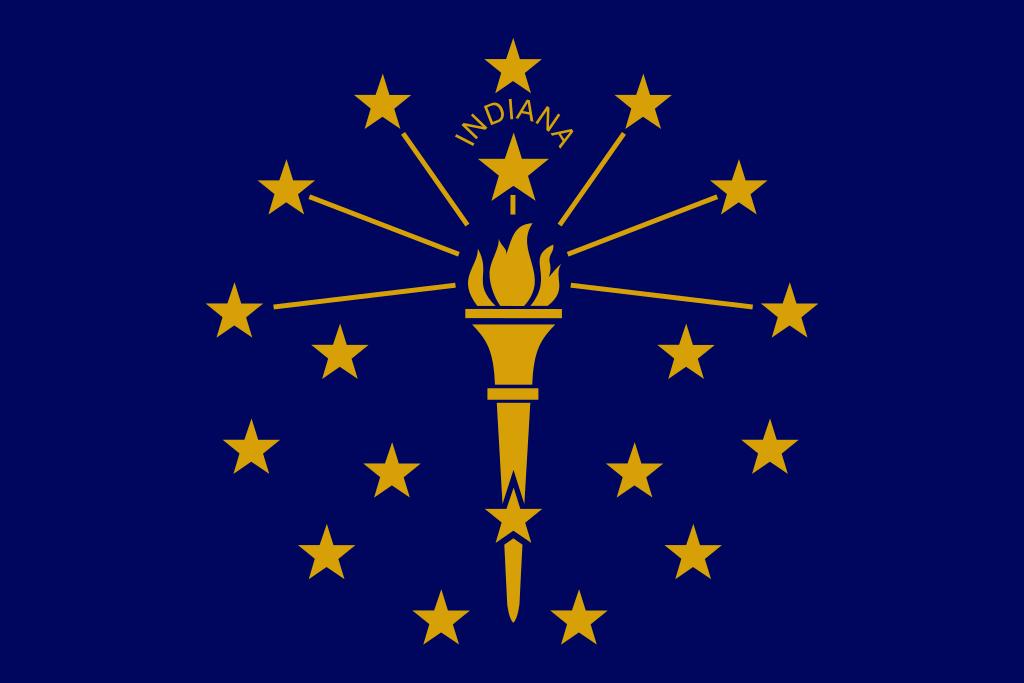Let’s Play Date, Marry, Kill…with Roundabouts.
What are your thoughts as Indiana starts adopting these modern traffic control measures (Europe has been doing them since…forever)?
Most people I talk to either love or hate these intersections. For some reason, I can’t find people who are indifferent to them very often.
According to the Carmel’s city webpage: “Carmel is internationally known for its roundabout network. Since the late 1990’s Carmel has been building and replacing signalized intersections with roundabouts. Carmel now has more than 150 roundabouts, more than any other city in the United States.”
“The number of injury accidents in Carmel have reduced by about 80 percent and the number of accidents overall by about 40 percent.”
General PROs / CONs
- Up to a 90 percent reduction in fatalities
- 76 percent reduction in injury crashes
- 30-40 percent reduction in pedestrian crashes
- Reduces the severity of crashes
- Keeps pedestrians safer
- Roundabouts reduce the number of potential accident points within an intersection, 75 percent fewer conflict points than four-way intersections
- No signal equipment to install and repair, savings estimated at an average of $5,000 per year in electricity and maintenance costs
- Service life of a roundabout is 25 years (vs. the 10-year service life of signal equipment)
- Reduces pollution and fuel use
- 30-50 percent increase in traffic capacity, improves traffic flow for intersections that handle a high number of left turns, reduces need for turn lanes
- While roundabouts can handle moderate to heavy traffic volumes more efficiently than traditional intersections, they may experience congestion and delays during periods of extremely high traffic volumes or if not designed properly for the anticipated traffic flow
- Pedestrians and cyclists may face challenges navigating roundabouts, particularly multi-lane roundabouts with higher traffic volumes. Proper design considerations, such as providing safe crossing points, adequate sight lines, and dedicated pedestrian/cyclist facilities, are crucial to ensure their safety.
- Drivers unfamiliar with roundabouts may initially experience confusion or hesitation when navigating them, potentially leading to increased risks or delays until they become accustomed to the traffic patterns.
- Roundabouts generally require a larger footprint and more land area
https://www.in.gov/indot/traffic-engineering/roundabouts/#:~:text=Up to a 90 percent,points than four-way intersections (CONs came from general searching, LLM compilation)
Indianapolis and the surrounding suburbs are implementing them more frequently now, how about your city?
Did you know that traffic circles are different from roundabouts? PA has a little comparison chart that was interesting (If you’re into that sort of thing): https://www.penndot.pa.gov/PennDOTWay/pages/Article.aspx?post=24


Roundabouts are great when everyone knows how to use them. Unfortunately in the United States nobody knows how to use a yield sign or turn signals, let alone how to navigate a circle in the middle of the road. Here, everyone thinks they have the right of way, unless a box with different colored lights tells them otherwise.
They also make them waaaaay too small, in my opinion.
I was hoping they’d been around long enough that driver’s education would teach it and older generations would pick it up.
I feel like people’s aren’t very interested in learning them, which is the only real bummer in my opinion.
Also,.Carmel put one in that’s super small, it’s not my favorite. People start acting like it’s not an intersection.
Having said that, I drove through a town in Scotland, that literally just painted a white circle in the middle of the intersection. It was weird. I assume to save money or since there wasn’t much space, but it negates the ability for the landscape to stop a run through driver.
Carmel police call the circles drunk traps because people tend to plow into the middle, which is way better than head on. Plus it stops them from going longer travel distance I guess.
They also don’t impede traffic flow like stoplights do, and allow passage through without slowing to a stop, which makes it so everyone saves on fuel and reduces pollution.
This is a common urban legend but roundabouts are safer and flow better even if people use them incorrectly.
People use this logic to argue against them but the reality is that congestion improves and dangerous accidents are reduced by the install of a roundabout regardless of driver exposure or education to the pattern.
Making them inappropriately large actually does significantly reduce their benefit though because it increases traffic speeds and thus gets rid of one of their primary reasons roundabouts work so well: that they reduce speed. And no, reducing speed does not cause traffic congestion. In fact in most cases it reduces congestion and in so doing shrinks local trip times by reducing time stopped for the drivers.